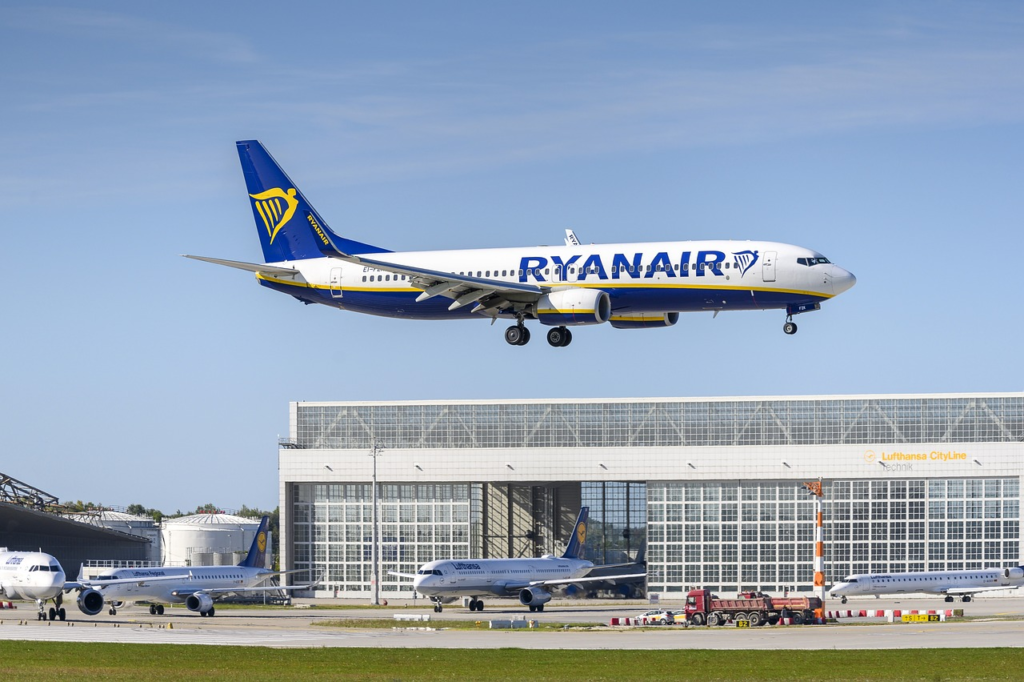Morocco has launched a major airport overhaul under its “Airports 2030” strategy, investing $4.23 billion between 2025 and 2030 to modernize and expand airports ahead of the 2030 FIFA World Cup. This move aims to position Morocco as a top global aviation hub, with the Moroccan National Airports Office (ONDA) leading the transformation.
The Airports 2030 plan focuses on both infrastructure and a new airport identity. Morocco’s airports will feature Moroccan cultural elements like terracotta tiles and oasis-inspired spaces, while introducing seamless, tech-driven passenger experiences. Biometric passports, contactless processing, and IATA’s One ID system will make travel faster and more secure. ONDA Director of Airports, Adel El Fakir, said, “Our airports of the future will reflect an open, ambitious and welcoming Morocco, offering international standards and enriched with our legendary hospitality.”

Flagship projects include a new terminal at Casablanca Mohammed V International Airport, with a $1.6 billion investment to triple capacity to 20 million passengers by 2029. Plans for a new airport near Casablanca will target long-haul flights and handle up to 40 million travelers. Regional airports in Rabat-Salé, Fez, Marrakech, Tangier, and Agadir will also see major expansions, boosting overall capacity.
Morocco handled 32 million passengers in 2024 and targets 60–80 million by 2030, reaching 90 million by 2035. Royal Air Maroc (RAM) will double its fleet to 100 aircraft by 2030 and quadruple by 2037, expanding routes to support the World Cup and tourism growth.
Security and passenger facilitation are central to the Airports 2030 strategy. New technology will streamline security checks and boarding, while a Passenger Rights Law is in development to protect travelers. Morocco is also committed to sustainability, aiming for net-zero carbon emissions by 2050 and investing in Sustainable Aviation Fuel (SAF) and green hydrogen.
For travelers, these changes mean faster, more comfortable airport experiences, better connections within Morocco and abroad, and special rates for domestic flights. Airlines will benefit from expanded infrastructure and modern facilities, while the economy stands to gain from increased tourism and business travel. The aviation sector already supports over 850,000 jobs and contributes $11.2 billion to Morocco’s GDP.
Major construction tenders are underway, with most projects set for completion by 2029, just before the FIFA World Cup. As reported by VisaVerge.com, international groups like IATA praise Morocco’s ambition and focus on sustainability, but urge careful cost management and clear regulations.
Tourism and business leaders expect big economic benefits, but stress the need for strong service quality and workforce training. The Airports 2030 strategy builds on a decade of rapid growth, with passenger numbers up 68% in ten years.
For more details on Morocco’s airport modernization and official updates, visit the Moroccan National Airports Office (ONDA) website. Morocco’s Airports 2030 plan is on track, promising a modern, welcoming gateway for millions ahead of the 2030 FIFA World Cup.
Learn Today
Airports 2030 → Morocco’s $4.23 billion plan to modernize airports by 2030 for increased capacity and tech upgrades.
ONDA → Moroccan National Airports Office leading airport modernization and expansion projects under Airports 2030 strategy.
Biometric Passports → Passports using unique physical traits to speed up secure identity verification during travel.
Sustainable Aviation Fuel → Environmentally friendly fuel alternatives aimed to reduce carbon footprint in aviation.
IATA One ID → A technology system enabling seamless, contactless passenger identification throughout airport processes.
This Article in a Nutshell
Morocco’s Airports 2030 plan invests billions to modernize airports, enhancing passenger experience with advanced technology and cultural designs ahead of FIFA World Cup 2030.
— By VisaVerge.com













